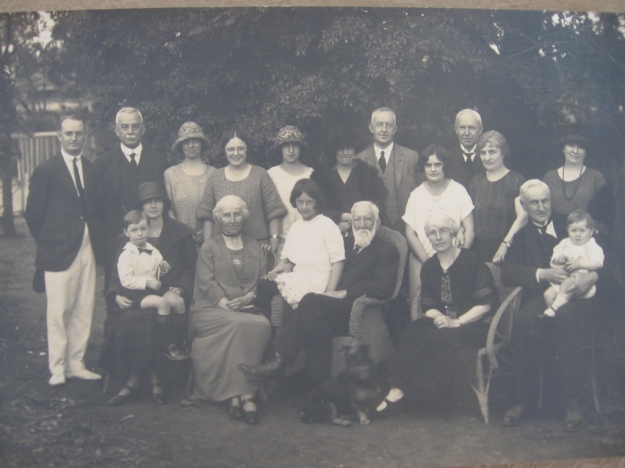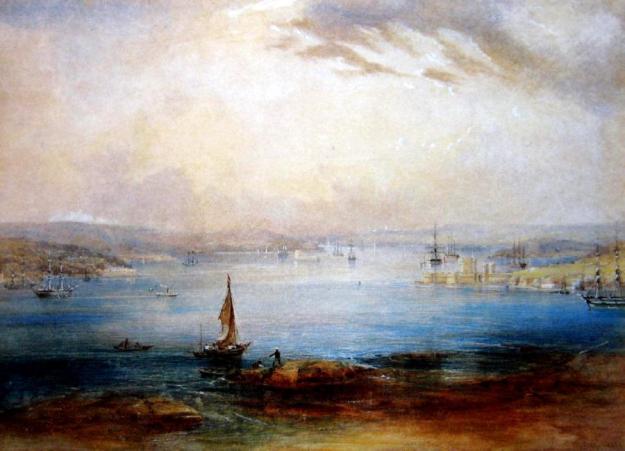Over the next few weeks I am going to be blogging about writing family history. The focus will not be on the nuts and bolts of Births Marriages and Deaths so much as suggestions of ways to make your story appeal to a wider readership beyond your immediate family.
The posts will be based on my own experience writing about my Australian ancestress in a book that was eventually named The Worst Country in the World. My methods are obviously not definitive but they might just spark off some ideas in your own mind about how to approach writing about your own family.
It is my humble opinion that family history, writing about ordinary (or extraordinary) people doing quite ordinary things in specific places at specific times, plays a vital part in the recording of social history. Where else can you read about the day to day lives of everyday people? It is for this reason that I would like to encourage family historians to look for ways to broaden their intended readership.
Each blog will have a subject, the first being ‘Why do you want to write about your family history?’ If the answer is simply to record the wheres, whens and whats of your ancestors then this blog probably isn’t for you. If it’s something wider than that then hopefully by explaining my own reasons for spending six years (yes!) researching and writing my book I may help you to find ways to approach your own story. That anyway is the intention.

~~~
Why do you want to write about your family history?
I first heard about the subject of my book, my four x great grandmother Mary Pitt, from my aunt in Australia, who was the family genealogist. She’d spent years researching Mary’s background, mostly in England, from where she emigrated to New South Wales in 1801. I didn’t pay the story a great deal of attention to be honest, not until I did a bit of my own research into Australian colonial history and realised the significance of the date.
In 1801 the new colony of New South Wales, otherwise known as Botany Bay, was thirteen years old. It had been founded in 1788 as a penal colony, a place to send convicts who could no longer be transported to the now independent United States, and who were filling up the prisons and hulks to such an alarming extent that the government of the day had to find an instant solution to the problem of overcrowding. So the First Fleet set off in 1788 to a country that had only been visited, briefly, by Captain Cook eighteen years earlier and ever since pretty well ignored. On board the eleven ships were 775 convicts and 245 marines, some with their families, plus the ships’ crews and officials – a total, on arrival, of around 1,370. They set up camp on the east coast by a harbour at a place which they named Sydney, and then proceeded to nearly starve to death.

Thirteen years later the colony was still an experiment that looked as if it might fail. The Europeans, as the colonists were called, found the climate and the conditions so alien they struggled to grow enough to feed themselves, and provisions from England, for the first few years anyway, were very scarce. Not surprisingly very few people could be persuaded to migrate there voluntarily, especially since it involved a hazardous sea journey taking at least six months, with little prospect of being able to return home if they didn’t like it there.
One of the very few exceptions was my four x great grandmother. She was a widow, in her fifties, and she had five children with her – four girls and one boy – whose ages ranged from fourteen to twenty-seven. What on earth made her decide to leave her home in the village of Fiddleford in Dorset and travel across the globe to live in a penal colony?
That, dear readers, is what made me decide to write the family book.

If you have a Why or a How or a What in your family background that begs to be answered, that may well be the jumping-off point for your journey into print.

Good subject, Patsy. I’ll be interested in your views on publishing said histories because, in the end, all that matters is the recording of them,. Nice if you can flog a few copies, but whether you do or not, you will have honoured your forebears and made the record of their lives available to others.
Sorry Alan, this comment never did get responded to, how rude. That’s a very gracious thing to say, family history is important in my view for the very fact that it is so personal, even if the odd bias creeps in here and there! With self publishing it is possible to record them for others to read and absorb without the pressure of having to make money out of it. (Though it’s always nice to do that…)